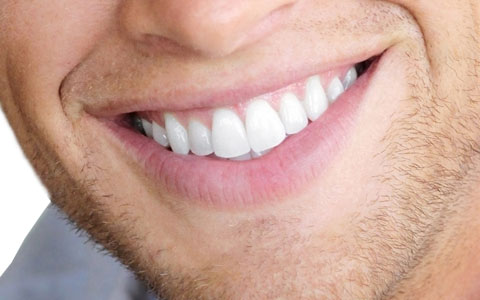Dental Terms
Pulpitis Fort McMurray
Pulpitis is a dental condition characterized by inflammation of the dental pulp tissue. The pulp contains essential components like blood vessels, nerves, and connective tissue, providing the tooth with necessary blood and nutrients. Pulpitis is primarily caused by bacterial infection, which often develops as a secondary consequence of tooth decay (caries) and is associated with severe toothaches.
There are various causes of pulpitis. It can result from dental caries that extend through the enamel and dentin to reach the pulp. Trauma, such as physical injury to the tooth or exposure to extreme temperatures (thermal insults), can also lead to pulpitis. In many cases, physical trauma plays a more significant role in pulpitis development than dental treatments.
Inflammation typically accompanies bacterial infection, but it can also be triggered by other factors like repetitive trauma or, in rare instances, periodontitis. When decay penetrates the tooth, the pulp chamber loses its protective seal from the oral environment.
As inflammation develops in the pulp, pressure builds up within the pulp cavity, exerting force on the tooth's nerve and surrounding tissues. This pressure can cause mild to severe pain, depending on the extent of inflammation and the body's response. Unlike other body parts where pressure can dissipate through surrounding soft tissues, the pulp cavity is enclosed by dentin, a hard tissue that prevents pressure relief. Consequently, increased blood flow, a characteristic of inflammation, leads to pain.
Pulpitis can generate so much pressure on the tooth nerve that individuals may struggle to pinpoint the source of pain, often mistaking it for neighboring teeth, a phenomenon referred to as referred pain. The unique environment of the pulp cavity poses challenges for the body's immune system, making it difficult to eliminate bacterial infections.
If teeth become denervated (lose their nerve supply), this can result in irreversible pulpitis, depending on factors like the infection's location, rate of progression, and duration of injury. This is why individuals who lose dental innervation experience reduced healing capabilities and an increased risk of tooth injuries as they age.
